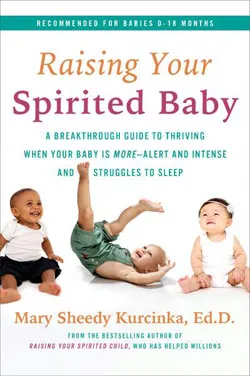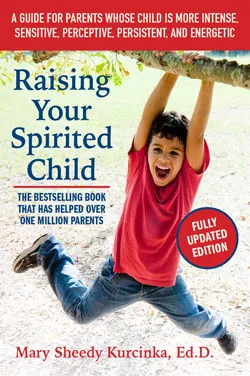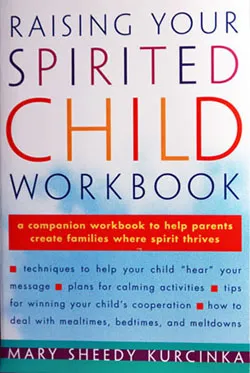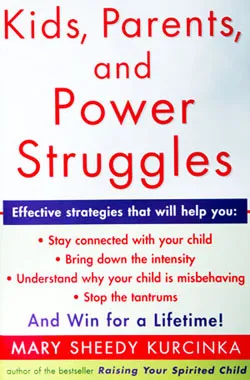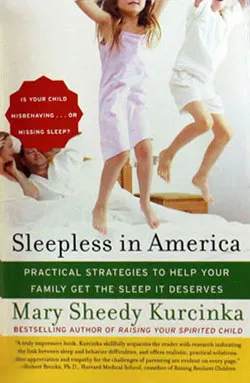Talking About Race with Our Children, Whatever their Race
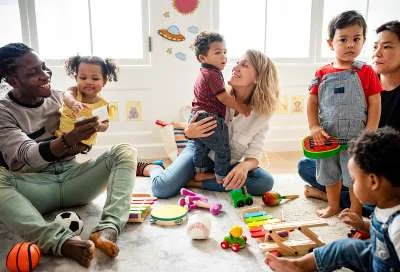
Parents
We asked you what information you would like addressed in our blogs. Many of you responded by asking for information on how to discuss race and the protests with your children. We turned to Beth Hall, colleague and friend who has spent decades working to combat discrimination. The following is her guest blog. She sent it along with a note - "It's a thousand words long, feel free to cut it." We couldn't. We found her words thought provoking, personal and helpful. We hope you will too.
Beth Hall is the white adoptive mother of a Latina daughter and an African American son (both now young adults). She co-founded Pact in 1991 to combat the discrimination she witnessed against adopted children of color and their birth families. She is the co-author, with Gail Steinberg, of the book "Inside Transracial Adoption" (Jessica Kingsley Publishers, 2nd Edition, 2013), as well as numerous articles on adoption and race. She is a nationally known advocate for adopted children of color who regularly lectures and leads workshops on ethical, anti-racist adoption practices.
Talking about Race with Our Children, Whatever Their Race
By Beth Hall
Ask yourself and answer honestly, “How comfortable am I in talking about race?” If the answer is “not very,” you are certainly not alone. But as a parent, sometimes you have to do things that move you outside your comfort zone for the sake of your child.
Race matters. That is an absolute truth that has been well documented in research and the experience of BIPOC (Black, Indigenous and People of Color). In the last month, we’ve seen all too vividly the way in which race remains polarizing on a national scale.
We understand that it is our job as parents to teach children how to cross the street, and that includes giving them a healthy dose of fear about the dangers of fast-moving traffic. In exactly the same way, it is our job to talk with them about the dangers and realities of racism before they ever encounter it, so they will know how to take care of themselves and others they care about.
More than twenty-five years ago, while my son, James, was still in preschool, I read to him from books like Jeanette Winter’s Follow the Drinking Gourd. The goal was to talk with him about the legacy of slavery before he started kindergarten.
Dramatic full-color paintings and a simple text make this part of U.S. history accessible to young readers. Throughout the story, the people who are escaping are depicted as being wholly dependent on the elements and on the actions of benevolent whites, rather than on their own thoughts, ideas, and decisions. — Kathleen T. Horning, Madison Public Library
In retrospect, I am chagrined that we chose a book that so dominantly included benevolent white folks rather than a story about black folks saving themselves. I remember James concluding that there were “good” white people and “bad” white people, a function of a four-year-old’s concrete worldview that necessarily created simple categories to explain the dilemma and his own experience.
“Mommy,” James explained as part of our discussion of ancestors. “Your ancestors were the good white people. We read a book that allowed us and our son to view racism as an individual act of unkindness instead of a systemic cancer that harms all of us and especially members of the black community.
And that simple explanation was tempting not just for our son but for us, too. It can be tempting to view racism as individual because it allows those of us who benefit from the system of white supremacy on which our country was founded to allow that system to continue without question. That is the essence of why the Black Lives Matter conversation we are seeing pervade the country. Young and old, rich and poor, liberal and conservative, leaders of the Black community are telling us that until we address systemic racism, they will not be free.
It is too comfortable for many of us to leave it at my son’s simple good people and bad people explanation, except, of course, for the facts.
My ancestors on my father’s side owned slaves—and a plantation. Clearly, they did not land on the “good” side of the slavery debate. The more complicated truth regardless of whether our ancestors owned slaves or not, is that part of being white is making peace with the reality that all of us throughout history have benefitted and still benefit from racist institutions that preference us and our people over the people of color we love and work to support. If we agree this is not fair or right, then we must have conversations with our children from the youngest of ages to teach them our values.
By the age of six months, children notice race and by two or three years old, children have internalized the notion that it is better to be white than black or brown. Teaching values begins and ends with the phrase, “and in our family we don’t agree with that.”
Once we understand the landscape of race, we have to get comfortable noticing race, acknowledging that racism exists, and bring up examples when talking with our children.
- Your tone matters, so practice is imperative.
- We must talk about race because silence speaks volumes.
- Begin the conversation when your kids are young. Two kid-friendly books I particularly like are All the Colors We are and Let’s Talk About Race.
- Call out examples of racism in books or life, and then practice responding with your kids. You might say, “Today I heard someone say that she thinks that Black people are naturally better at sports and Asians are better at math. I don’t agree with that, what do you think I should say to her.”
- Be explicit in saying that racism is wrong.
Child: “Mommy, why are people marching in the street?”
Parent: “Because sometimes people think that people who have dark skin are dangerous. People are mad because a policeman killed a Black man and nobody stopped him or told him that wasn’t ok.”
Child: “That makes me scared; are policeman mean?”
Parent: “Policeman are people, some are very nice, some are not. But no one, not even policemen, should hurt people because of the color of their skin. Isn’t it exciting that so many people agree with us that that it is wrong. Look at them marching, they are standing up for what is right. Protesting is a way to stand up for what is right and make sure that something like that never happens again.”
Child: “Should we march?”
Parent: “Not today, but maybe we could make a sign for our house. What shall we say?”
Our children deserve to grow up in a world where we, their parents, never shrug off or ignore racism and injustice. If you haven’t already, start the conversation today. We all deserve an equitable world.
Display All Posts
Search by Topic:
Popular Posts:
- When your child yells at you: Expecting and Coaching respectful behavior
- 5 Tips to Stop the 'Strike out Tantrums:' Hitting, Biting, Kicking and Name-calling
- Why is my child suddenly clingy?
- Ten Steps to a Peaceful Bedtime for Your Spirited Child
- When Your Child’s Meltdowns are Ruining Vacation


